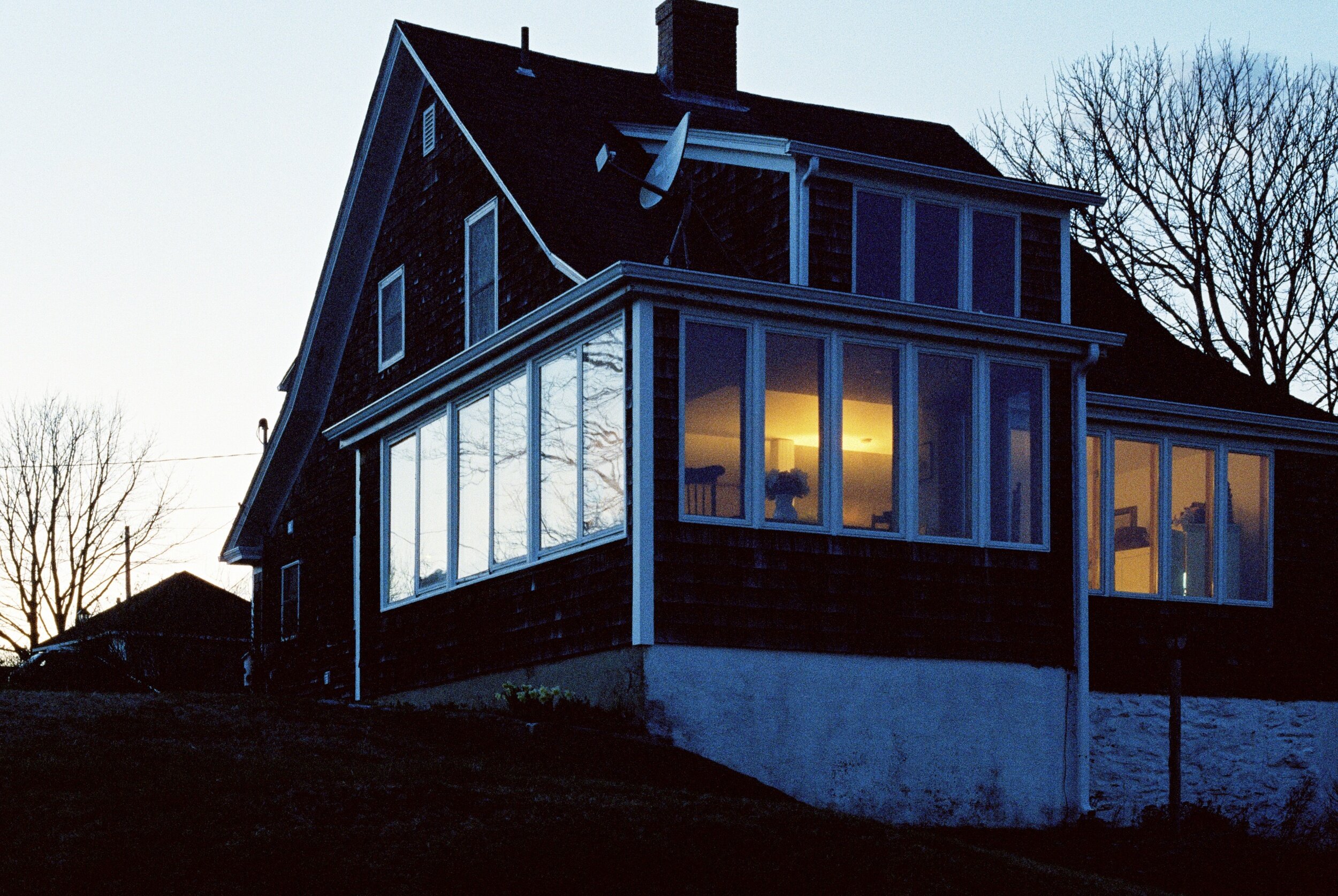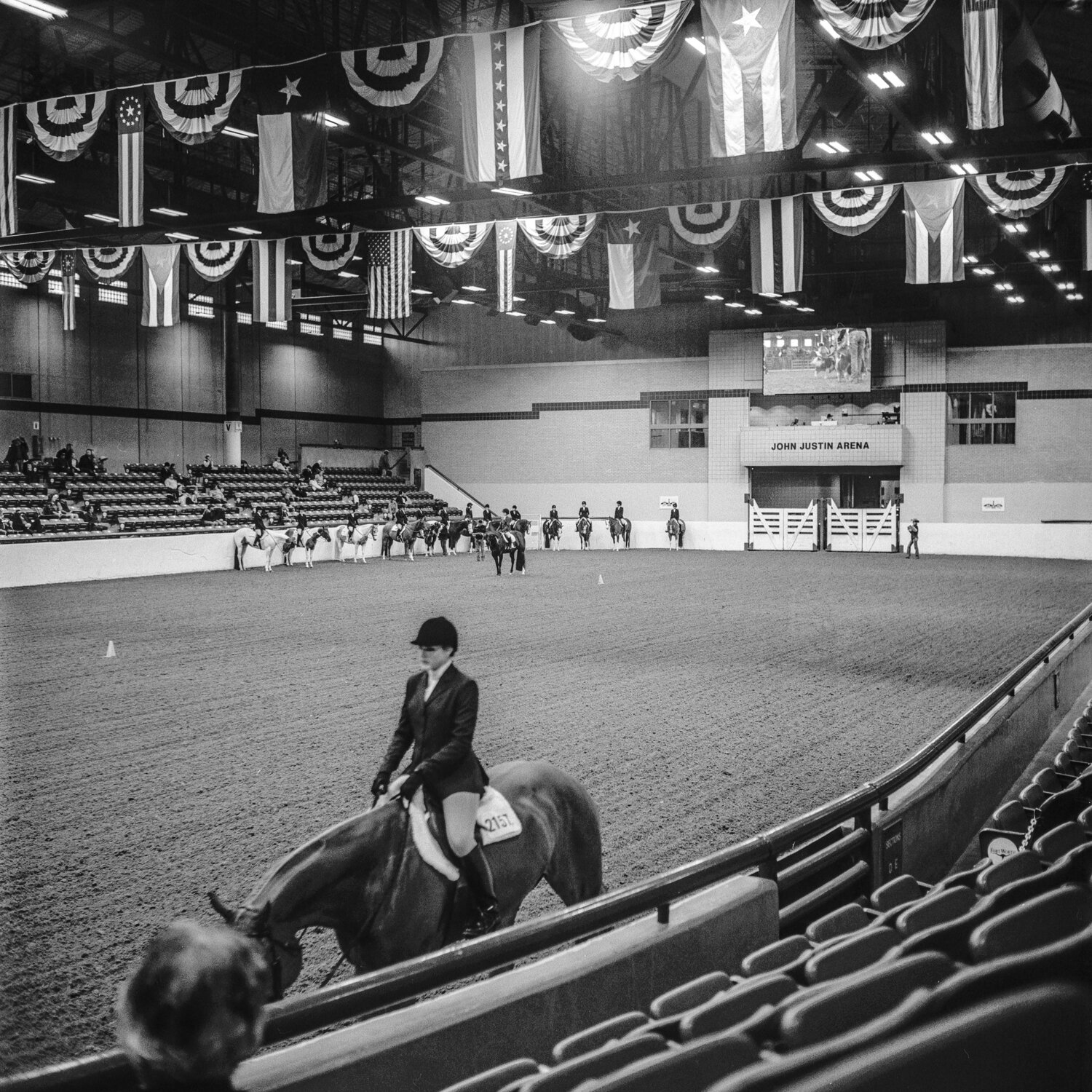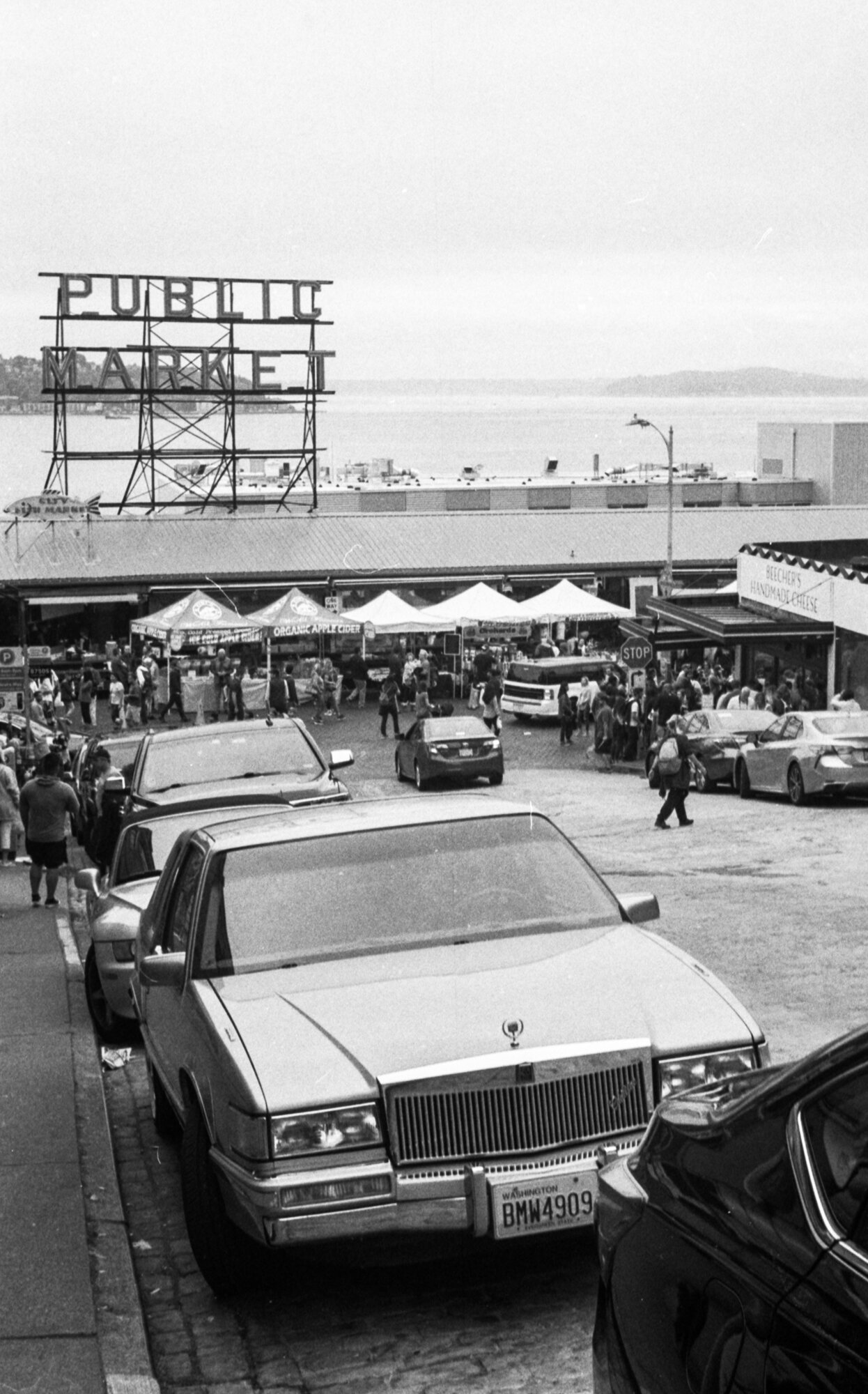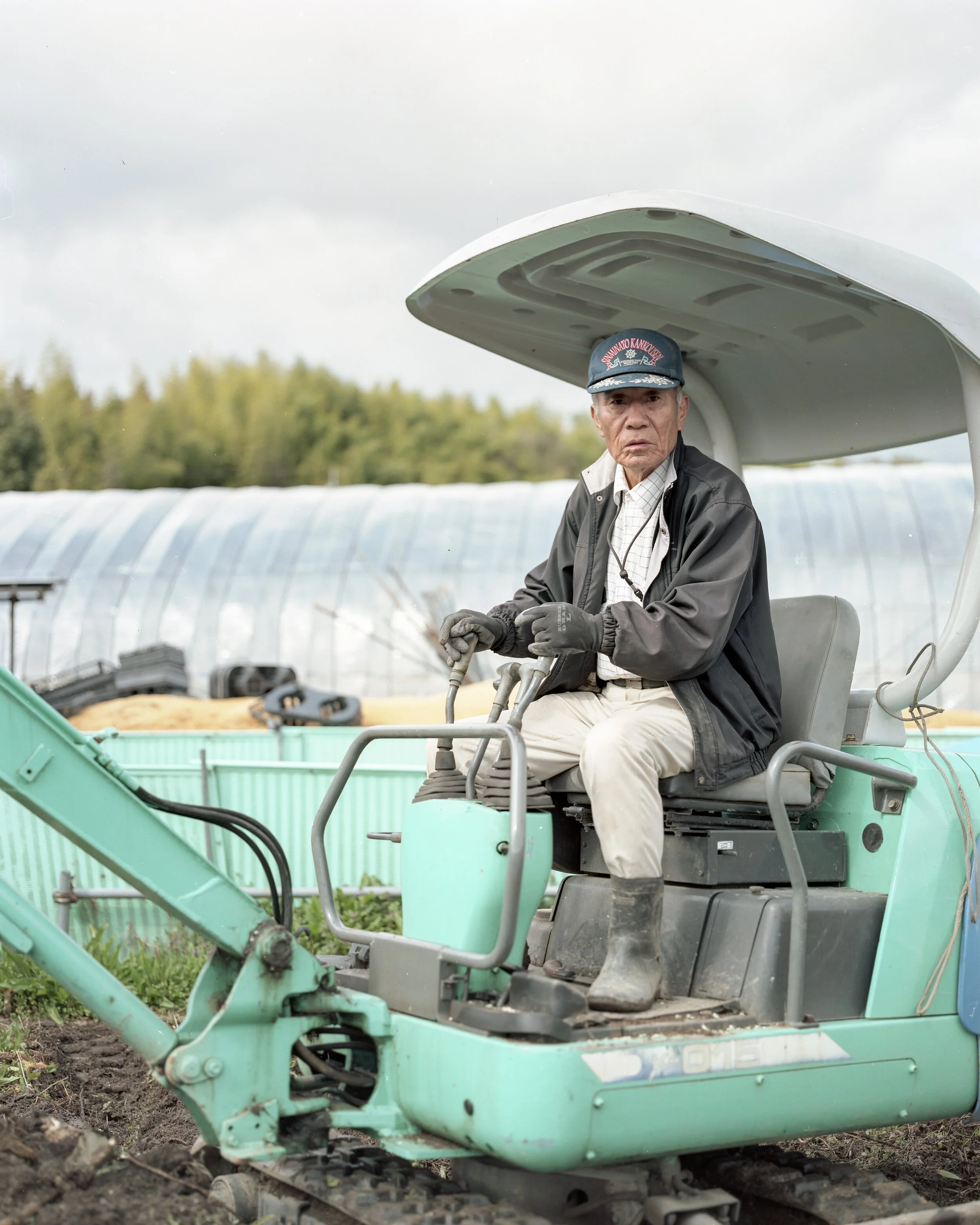“Film Photography” - a critical misnomer.
Andrew D. McClees, Edited by Maxime Lester and Billy Gomberg
“Film Photography” - a critical misnomer.
PC: Andrew D. McClees (2015) Typical Casual Formalist work.
Film or Analogue photography has enjoyed a bit of a renaissance over the last five to ten years. Kodak was reporting steady growth each year, over a three year period back in 2019. This growth can largely attributed to the growing niche or subculture of The Film Community on platforms like Flickr, and Instagram. The medium (rather than the subculture itself) hit a new level of notoriety in the modern era through support from and from celebrities like Kylie Jenner, Jason Momoa, and Jeff Bridges. For those not aware, the Film Community is a nebulous subculture within photography, mostly based entirely around shooting film as a hobby, largely in opposition to digital photography - a distinction largely pushed by companies including, but not limited to: The Darkroom, Film Photography Project, and Lomographic Corp - as a method of identity or lifestyle branding.
The Film Community has generated miniature social media (read +/- 100k followers, but no real presence outside social) celebrities (EX: Matt Day, Willem Verbeek, and Corey Wolfenberger) within it, notable for working on film and/or making content about analogue photography. These photographers of note, alongside their many disciples and imitators have dubbed themselves “film photographers.” At first glance, the term “film photographer” is applicable, it describes the medium that the practitioners work off of. However “Film Photographer” has largely come to denote an additional set of shared aesthetic criteria or commonalities which has very little to do with the fact that the work is shot on film - making the label at best colloquial, and at worst invalid. The term “Film Photography” has become a failure as a literal descriptor, and is primarily a colloquialism for a specific kind of formalist photography that happens to be shot on film while not commenting on film as a medium, and is secondarily used to denote a hobbyist who shoots film with no particular focus.
PC: Andrew D. McClees (2017) Casual Formalist Photography - with growing intent.
Every genre of photography can be defined by a set of criteria based on how the photograph is used (“Fine-Art” being a qualifier, rather than a genre or subgenre unto itself) and the subject matter contained in it. To pose some quick and simple examples: Landscape photography is about nature and the shape of the land, Portrait photography is about taking portrait photographs of people, Fashion is about showcasing different articles of clothing; the list goes on. So that poses the question: “What is “film photography” about?” Are the practitioners of so-called “film photography” doing photographic artwork about the film that they shoot on? Is the subject matter of their art directly relevant to the fact that they’re using film? Most often not. While there are artists who work in lens based mediums, alternative processes, and in photo-chemistry making art about the material that they use, they rarely call themselves “Film Photographers.”
The majority of the subject matter in “Film Photography” has nothing to do with the fact that it was shot on film. While much of the base aesthetic criteria associated with “film photography” is attributable to the medium and not the content; Grain, and Tonality being the most commonly cited positive features of film. Urban landscapes and diaristic slices of life are common topics and subjects in “Film Photography” but have little if anything to do with the fact that it was shot on film, and the tone and grain of film might add to the photo but they’re ultimately superficial features. There’s nothing about the subject matter that has to do with film — one could shoot the same photo on a digital camera and add all those touches (grain, tones, etc.) and for the most part nobody would know the difference unless you made them aware of it.
To invoke the bête noire of the film community: when was the last time a photographer who uses digital gear described themselves as a “digital photographer?” They don’t because it doesn’t actually matter to their work. If you want to describe yourself as someone who shoots or uses analog processes, that’s fine, but just as a use of language, consider using the term “film shooter” or at the very least if you’d consider adding a tag of “analog” or “film-based” onto your self description — ie “analog landscape photographer” that way I know you’re (rhetorical) a landscape photographer who shoots film. To offer up another angle there’s also the debate about hybrid vs. totally analogue processes, and the fact that every “film” or “analogue” image you see on the net had to be digitized in some format to get it on to the standard platforms of digital consumption. On top of that most of these images that are consumed via social media platforms were and are digitally edited - making it a debate on how “analogue” most of these images ultimately are.
Andrew D. McClees — Outtake From “DUSK” 2019 (Formalism as Expressionism)
“Film Photographer” in broad strokes has come to denote a casual or hobbyist photographer who takes snaps on film, usually in a moody style. That expression doesn’t adequately describe what the photographers in question are taking photos of - making the term colloquial at best. If one takes photos of one’s friends and family, why not call oneself a social photographer or a portrait photographer, or even a documentary photographer (personal gripes aside about passing off otherwise unremarkable family/friend photos off as art). If you shoot mostly to document your daily life, why not call yourself a documentary photographer, or a diaristic photographer, or something that speaks to what you do? There’s nothing wrong about being descriptive and specific about what you do or what you photograph. The term “Film Photographer” has created a ghettoized environment separate from the rest of photography. I’m not saying that we should abolish the film community or the tags associated with them, merely to point out that “film photographer” is meaningless and often has little to do with the medium itself, and fails to adequately describe most work under its umbrella.
So, now that I’ve gone to great length to describe why I think “Film Photography” has become bad terminology, let me offer up a potential academic term for it and an explanation of where I believe the movement’s artistic lineage stems from:
Casual Formalist Photography or “Casual Formalism.”
On its surface to the layman - Casual Formalism might sound like cognitive dissonance - it’s not so let me break down formalism first (in a broad definition), then I’ll circle back to the casual:
Formalism (in photography) is the part of photography that focuses on images that center on the “formal” elements - elements deriving from the “form” - Lighting, Composition, Tonality, and Medium (Film V. Digital etc). As opposed to realism (pure documentation - no perspective or decisions made) or expressionism (pure emotiveness or expression.) You can find a quick cheat sheet here.
Casual, at least in the manner I’m using it - refers to the broad assumption that most of the photographers doing this kind of work (ie Photos of conventionally attractive women, abandoned houses, “quirky suburbs,” old cars, or general nostalgia based photography) are not doing this as a serious artistic practice, nor are they aiming for a deeper purpose or commentary in their art. However, the photos being made are intentionally artistic enough to escape the label “vernacular” (going off of MOMA’s definition) in that they are created to be art, rather than truly commercial or documentary in nature.
I would offer up that most “film photographers” (or from here out “casual formalists,”) work very much in this formal scope - they aim to take aesthetically pleasing pictures that may or may not have some emotional or documentary (ie actively documenting a place or phenomena) perspective but tend to dwell mostly at surface level; e.g. a picture of a landscape or abandoned house that’s well lit and #shotonfilm might evoke a strong emotion, but ultimately it typically ends up being mostly about that composition and the lighting that gives it emotion - with a tertiary concern (from an outside perspective) being that it was shot on film - largely nothing about the photo actually matters that it was shot on the film except for the insider community knowledge.
Likewise, these photos rarely push the bounds of composition or structure in the formal sphere. The photos are often well composed, but they rarely push beyond standard practice enough to be notable for their composition, or a commentary on composition. On the topic of film itself, most of the photographers rarely actively consider or comment on the medium upon which their work is made, except for the superficial “Film is nostalgic, therefore this nostalgia based image (old cars, abandoned houses, vintage dress), is nostalgic,” making the fact that most of the images in the “film community” are shot on film almost entirely irrelevant to the images they shoot on that film. However, for whatever reason (perhaps it is that one singular superficial point, of film nostalgia) a lot of similar minded work ends up getting done on film, even though there’s absolutely nothing about it that necessitates being done on film.
“I hope those last four generations don’t look too far down on me” - Andrew D. McClees, 2019 from HARDLY LOCAL. (Documentary Photography with strong Formalist Elements as Expressionism)
This sort of lack of depth either in formalist concerns, or using those formal elements to pursue a deeper truth via expressionism or through documentarian studies is why I’ve deemed “casual” most of the art being made is by hobbyists - not professionals, or career artists. There’s largely nothing wrong with that - getting out and making art for personal fulfilment, as a hobby is a great thing in fact and largely beneficial to most who pursue it. My misgivings about it stem from a subset of photographers and creators riding their way to social media fame while offering up nothing in terms of critical or philosophical depth in their work.
In terms of stylistic origins I’d give equal credit to the Instagram algorithm (the propensity for the website’s algorithm to show people work or images that is relatively alike in nature), Stephen Shore, William Eggleston (along with Christenberry) and Todd Hido (though I’d argue all four are expressionist or documentary photographers who have strong understanding of formal elements). I realize there’s a whole subset of portrait and fashion photographers in The Film Community, but at the risk of getting meanspirited, most of them don’t have a whole lot of artistic lineage beyond “make a reasonable portrait of an attractive person,” though on the fashion tip there can be some legitimate artistic direction. There are many street photographers who still shoot film, but (in my experience) they tend to nest themselves more within the street photography community rather than say the film community even if there is some crossover.
Moving the scope in part I’ve derived the term from the trend of “zombie formalism” in painting. Though as a fellow photographer who started my current artistic career (not that on the whole I’d call it any great shakes as of now) in much the same spot, I don’t particularly hold the level of disdain for the movement the way Saltz seems to hold for it. Zombie Formalism lines up well with Casual Formalism in that both are superficial and relatively bland movements, but the comparison ends there - Zombie Formalism is a fine art movement and is typically only used to refer to a particular kind of abstract oil or mixed media painting, where Casual Formalism is a popular movement or practitioner base - though both have served as significant stumbling blocks for many practitioners in both movements, in that they can’t seem to move beyond or individuate themselves from the movement.
If you feel okay using “film photographer” after all this as a colloquium - that’s cool, as long as you’re aware. Likewise, please keep photographing, and keep shooting film. As long as you’re creating art, and getting something out of it, that’s the most important part. However as an actual definition of the whole artistic movement or the phenomena, or art itself, I believe it should be called Casual Formalism from here out - rather than “Film Photography.
























































